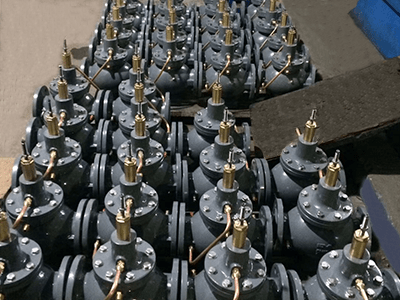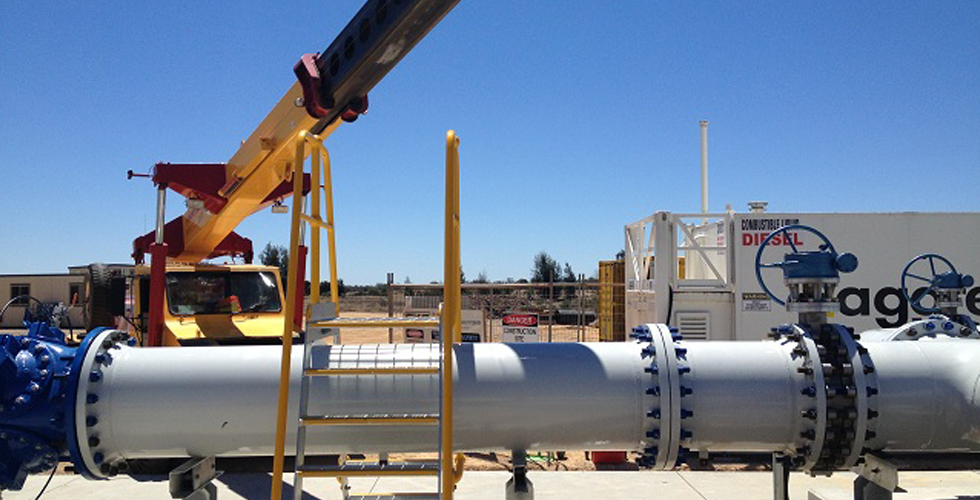When it comes to woodworking, a reliable table saw is crucial for precision and efficiency. At the heart of this tool is the motor, which determines the saw’s power and performance. Understanding the types of motors available for table saws can help you make an informed decision, ensuring you choose the right one for your projects. In this article, we will explore key questions about motors for table saws, their specifications, and how they relate to other materials, such as geomembranes used in construction.
What types of motors are available for table saws?
Table saws typically use two main types of motors: universal motors and induction motors. Universal motors are lighter and can operate on both AC and DC power, making them versatile for portable saws. Induction motors, on the other hand, are heavier and quieter, providing greater durability and consistent power for stationary table saws.

How do I determine the horsepower needed for my table saw motor?
The horsepower required depends on the types of materials you plan to cut and the thickness of those materials. For general woodworking, a 1 to 1.5 horsepower motor is sufficient. However, if you intend to cut hardwoods or thicker materials, consider a motor with 2 horsepower or more to ensure smooth operation without stalling.
What should I consider regarding motor speed for my table saw?
Motor speed, measured in RPM (revolutions per minute), affects the cutting efficiency. Most table saw motors run at either 3,450 RPM or 1,750 RPM. Higher speeds are suitable for cutting softer materials, while lower speeds are preferred for hardwoods and thicker materials, allowing for better control and reduced risk of blade binding.
How do geomembranes relate to table saw motor performance?
While geomembranes are primarily used in construction for waterproofing and containment, they can also influence the choice of materials you work with in woodworking. If your projects involve cutting materials used in conjunction with geomembranes (such as frame construction for waterproof storage), a powerful motor is essential for handling denser materials. This ensures that your table saw can effectively cut through materials without damaging the motor.
Choosing the right motor for your table saw is vital for optimal performance. By understanding the types of motors available, the horsepower needed for your projects, the importance of motor speed, and how these factors relate to materials like geomembrane, you can select a motor that meets your woodworking needs. Whether you’re a hobbyist or a professional, investing in the right motor will enhance your efficiency and accuracy in every cut.
